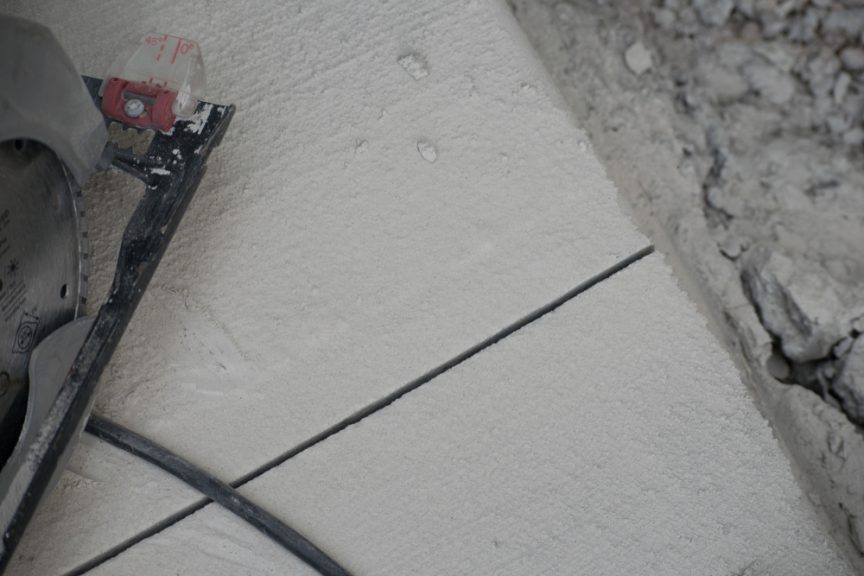Enforcement of new OSHA standards limiting the amount of respirable silica dust on most worksites began in June of this year — however, businesses in hydraulic fracturing have until June 23, 2021 to get in compliance. Here’s what these companies need to know.
Recent limitations on respirable silica dust in the workplace from the Occupational Safety and Health Administration (OSHA) promise to keep workers safer than ever — and completely transform many companies’ approaches to the dust control.
After putting the standards into effect in June of 2016, OSHA deferred their enforcement until June 23 of this year, giving employers time to adjust their practices and reach compliance. Businesses in the construction industry were given an additional three months to implement the new standards.
For oil and gas companies in the hydraulic fracturing industry, the compliance date is still further away. The frac sand industry has until June 23, 2021, to bring silica dust down to the levels specified by the new standard (below 25 micrograms per cubic meter during an average employee’s workday). While the enforcement date may seem far off now, the nature of hydraulic fracturing operations is such that these businesses should start working towards compliance as soon as possible if they want to reach it in time.
Silica Use in Fracking
Hydraulic fracturing, the process of cracking shale rock through the injection of highly pressurized liquid in order to extract the natural gas beneath it, requires the use of “frac sand” to prop open new fissures. This specific type of highly durable silica sand is preferable because it is crush-resistant, meaning it can withstand the immense pressure used to force open these subterranean rocks without fragmenting into smaller pieces.
Tons of this silica sand must be used in order to effectively prevent new rock fissures from reclosing. The sand is typically delivered on a truck and transported using sand movers and conveyor belts, blended with other materials, and finally, blasted into the drilling hole towards the shale rock below. Workers involved in one or more of these steps can be at risk of inhaling silica dust that is kicked up in the during the handling and transport of this sand.
Unique Obstacles for the Frac Sand Industry
Why does the fracking industry have more time to reach compliance? A lot of it has to do with nascent technology.
The pneumatic systems that most fracking businesses currently use to move silica sand contribute significantly to the challenge of effective dust control, and while there are many different approaches to controlling dust during this process, most are still a work in progress. As stated in one OSHA FAQ handout, “Because controls for respirable crystalline silica in hydraulic fracturing are still in development, the rule allows hydraulic fracturing employers additional time to implement engineering controls to take advantage of emerging technologies.”
In the meantime, employers can simply require workers to wear respirators in situations where silica dust levels exceed the Permissible Exposure Limit (PEL).
But while much of the tech that companies will rely on to limit silica dust isn’t readily available yet, that doesn’t mean the industry should do nothing to prepare for the new standards until 2021. Companies involved in hydraulic fracturing can still implement cutting-edge solutions that suppress dust and support compliance with OSHA’s new standards.
Midwest Industrial Supply, Inc. brings over 40 years of experience helping businesses across the energy industry implement proven dust control strategies and meet the most stringent environmental and safety standards.
Whether it’s for material handling equipment like conveyor belts that ensure operations can continue or haul and access roads to get product, people, and machinery where it needs to go, we can offer a patented, industry-leading dust control product and application program that gets unparalleled results.
We’ll perform an evaluation of your site and work with you to determine where you need dust suppression and how much you need to apply to achieve compliance. Our line of dust control products are certified by independent agencies like the EPA and Boeing, so you can rest assured that we’ll do whatever it takes to make your site friendlier for both the environment and worker health and safety.

